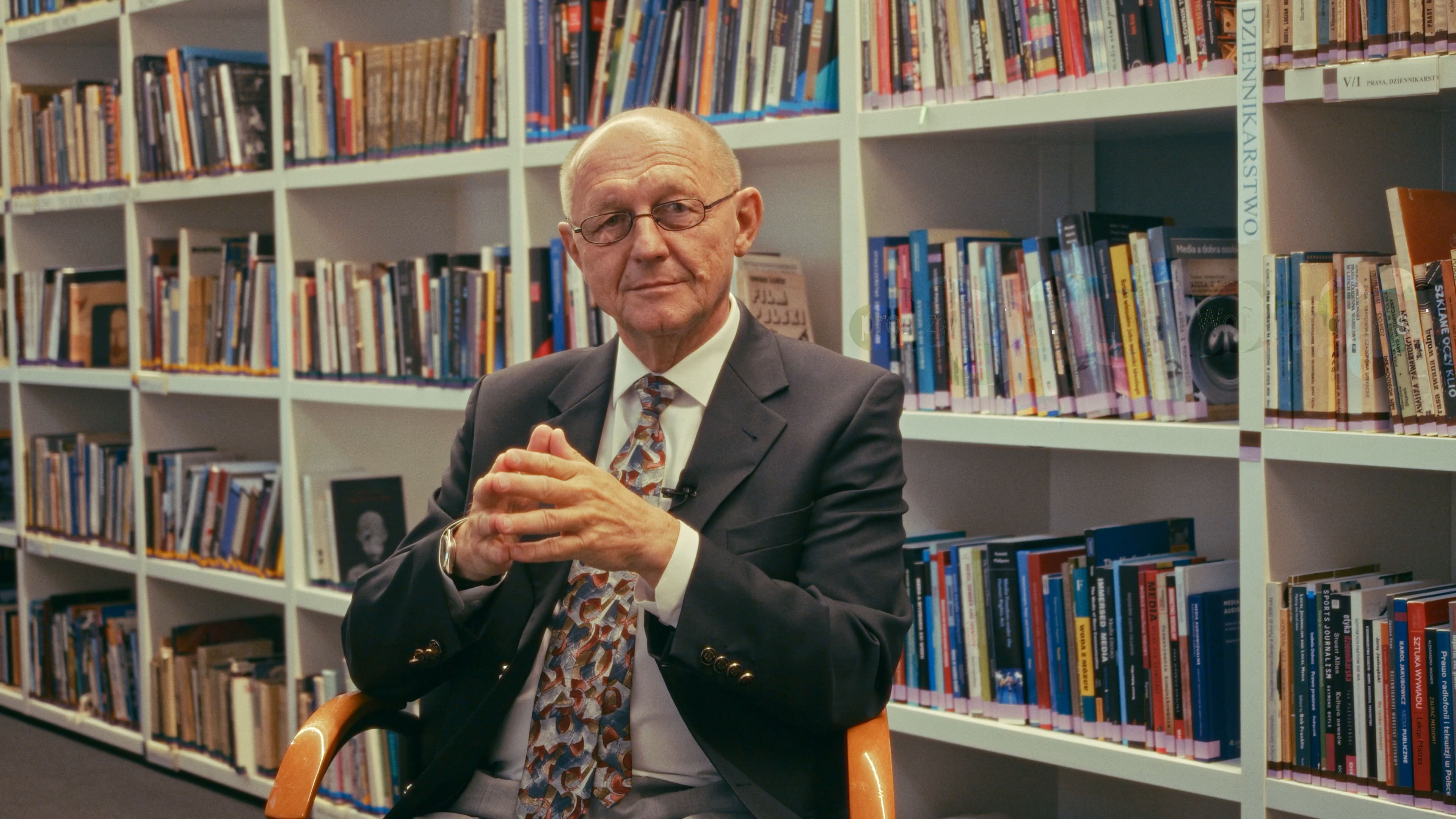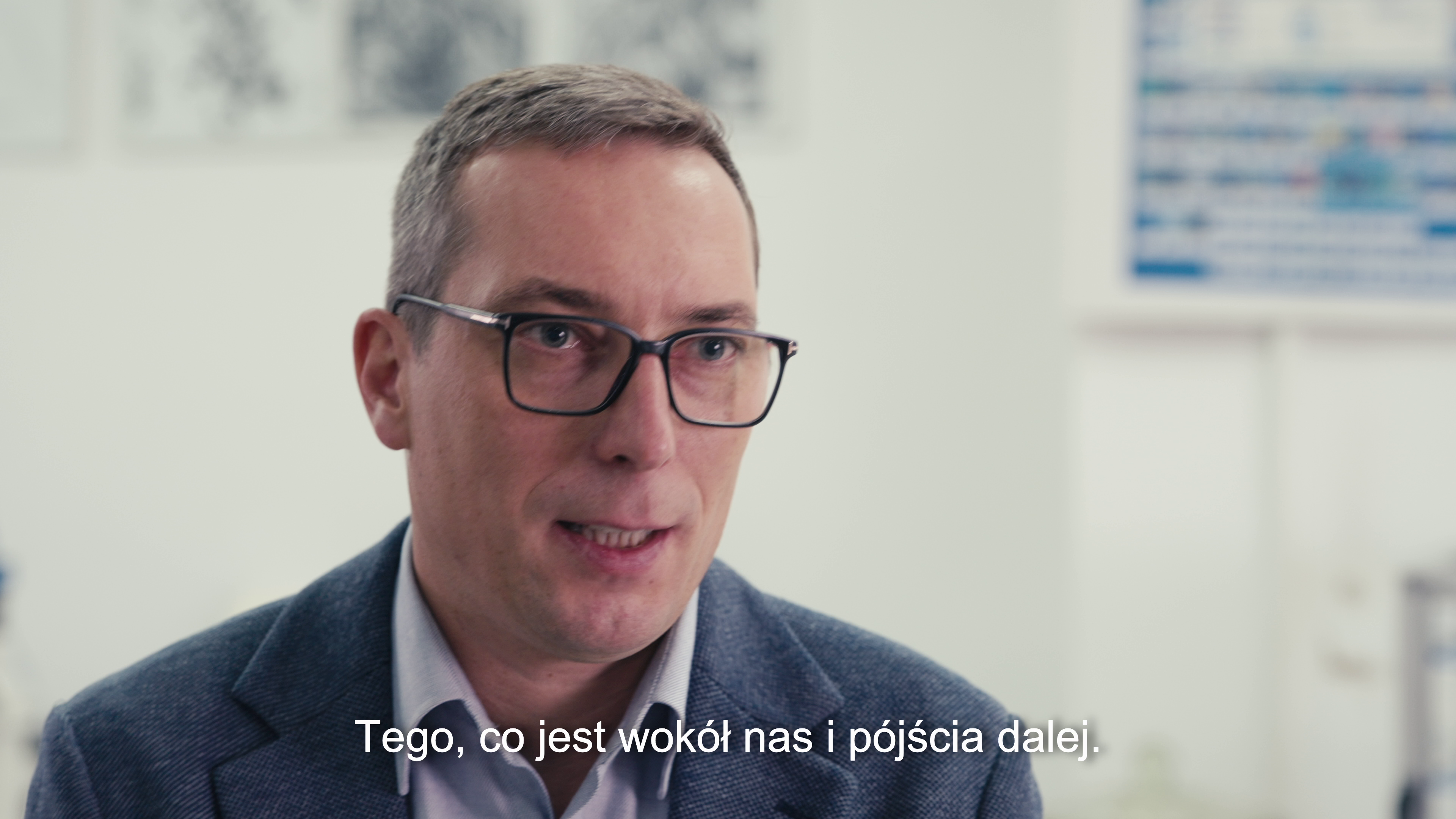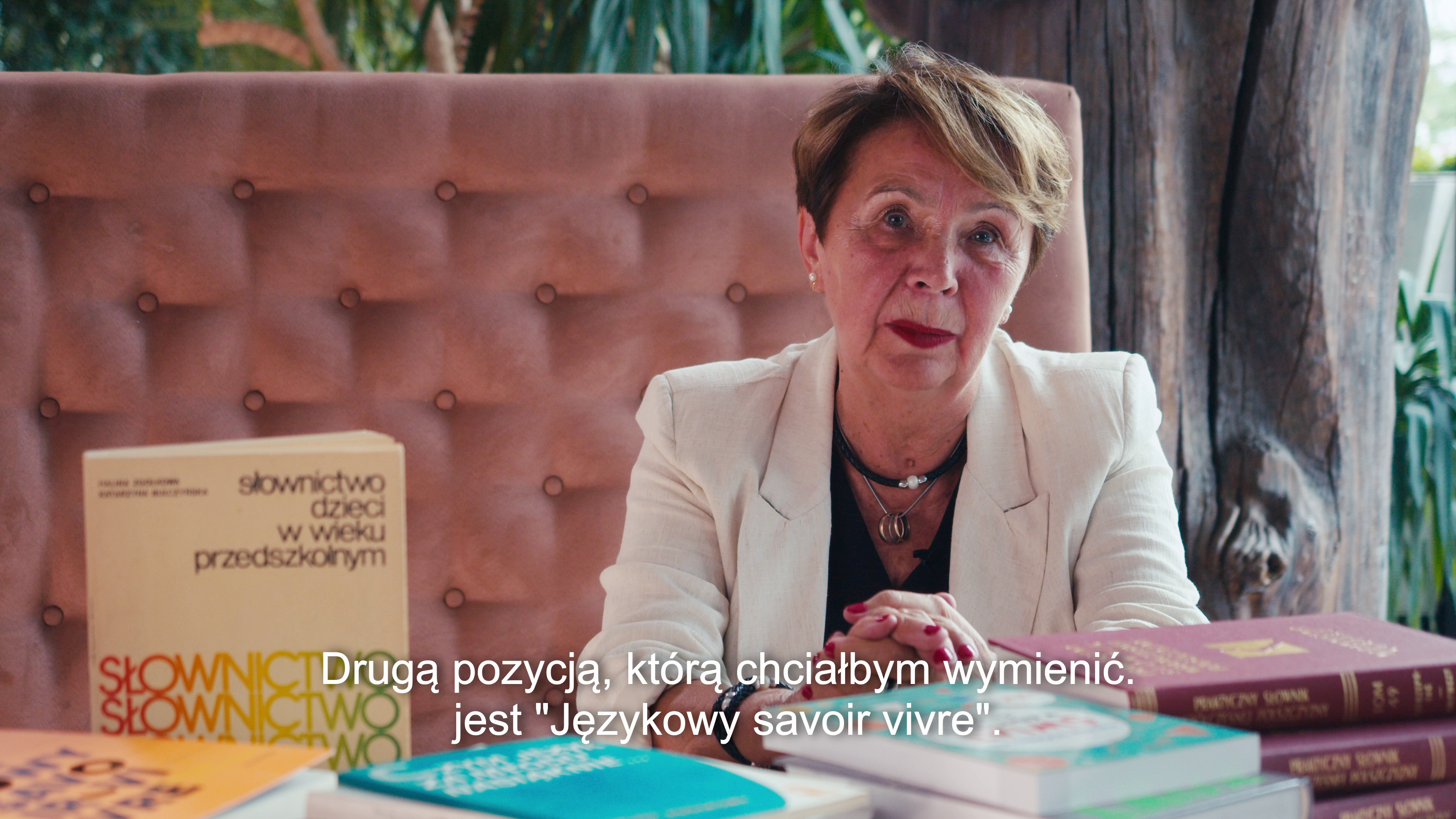
Amount of remuneration paid
Amount of funding granted
Number of remunerations paid
Authors who have received remuneration
Scientists who have entrusted the Association with their copyright

News

The KOPIPOL Association has begun distributing funds collected in 2024 through fees mentioned in the Copyright and Related Rights Act (Articles 20 and 20¹). A total of PLN 7 842 966,46 has been ...

The KOPIPOL Association has begun distributing funds collected in 2023 through fees mentioned in the Copyright and Related Rights Act (Articles 20 and 20¹). A total of PLN 8 556 205,58 has been ...

We want to bring to your attention that in compliance with Article 41(1) of Collective Management Act of 15 June 2018 (Journal of Laws of 2018, item 1293), authors collecting the remuneration due ...

Article 40 of the Act of 15 June 2018 mandates that collecting societies must publicly disclose information about authors who have not received their remuneration within 3 months of the initial ...

The KOPIPOL Association has begun distributing funds collected in 2022 through fees mentioned in the Copyright and Related Rights Act (Articles 20 and 20¹). A total of PLN 7,760,654.67 has been ...

Please be advised that the payment of remuneration collected from information or documentation centres for providing copies of fragments of scientific and technical works against payment in the years ...

1. The Copyright and Related Rights Act regulates the legal use of works and the consequences of copyright infringement.

2. Under the Act, the use of copyrighted works may occur only if an agreement with the author or his/her legal successor (e.g., the collective management society representing him/her) has been concluded. A deviation from this rule can only occur if a specific provision of the Act permits non-contractual use of the work (e.g., under the right to quote).

3. Any manifestation of the use of works, such as their recording, reproduction (copying, printing, digitalisation, uploading to the cloud), performance, public exhibition, reproduction, displaying, broadcasting, etc., requires the consent of the author or their legal successor and is a source of remuneration for them. The recording or reproduction technique (handwriting, printing, photography, audiovisual recording, digital or analogue copy) is irrelevant. The type of medium on which the recording or reproduction is made (paper, tape, laser disc, memory stick, hard drive, cloud) is of no significance. The reproduced copies of the work may be analogue or digital; they do not have to exist in the form of physical copies; they may take the form of digital copies on the computer (server) hard disk or in its RAM.

4. Using works without an agreement with the rightsholder results in liability for financial damages and criminal liability.

5. In certain narrowly defined situations, the law permits non-contractual use of works. This may occur, by way of exception, only in cases explicitly described in the legislation, e.g., such as:
private/ personal use for non-profit making and non-professional purposes,
right to quote,
use of works for teaching or research conducted by schools or universities.











































